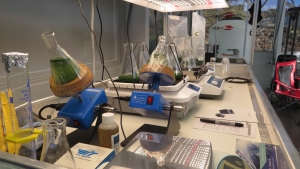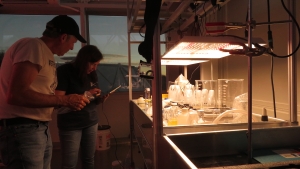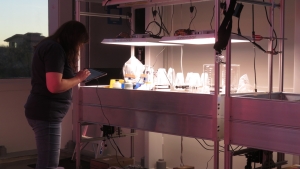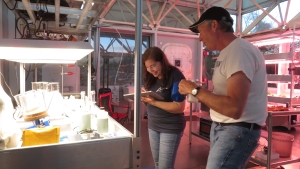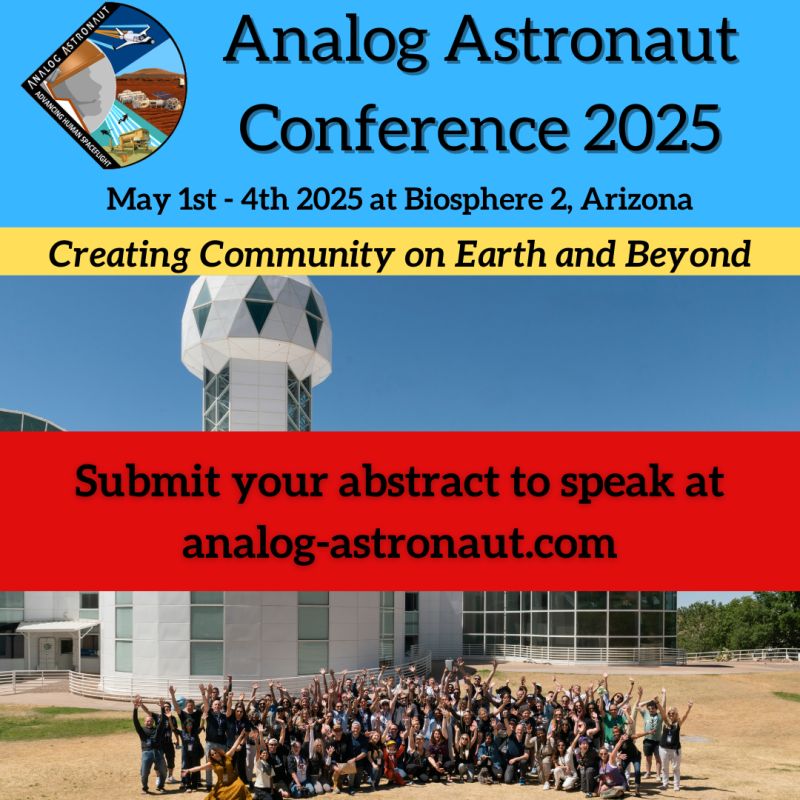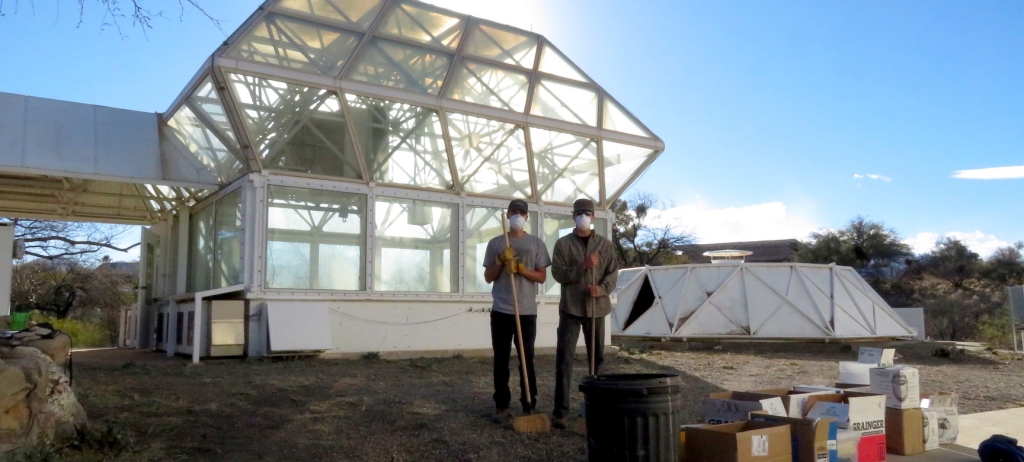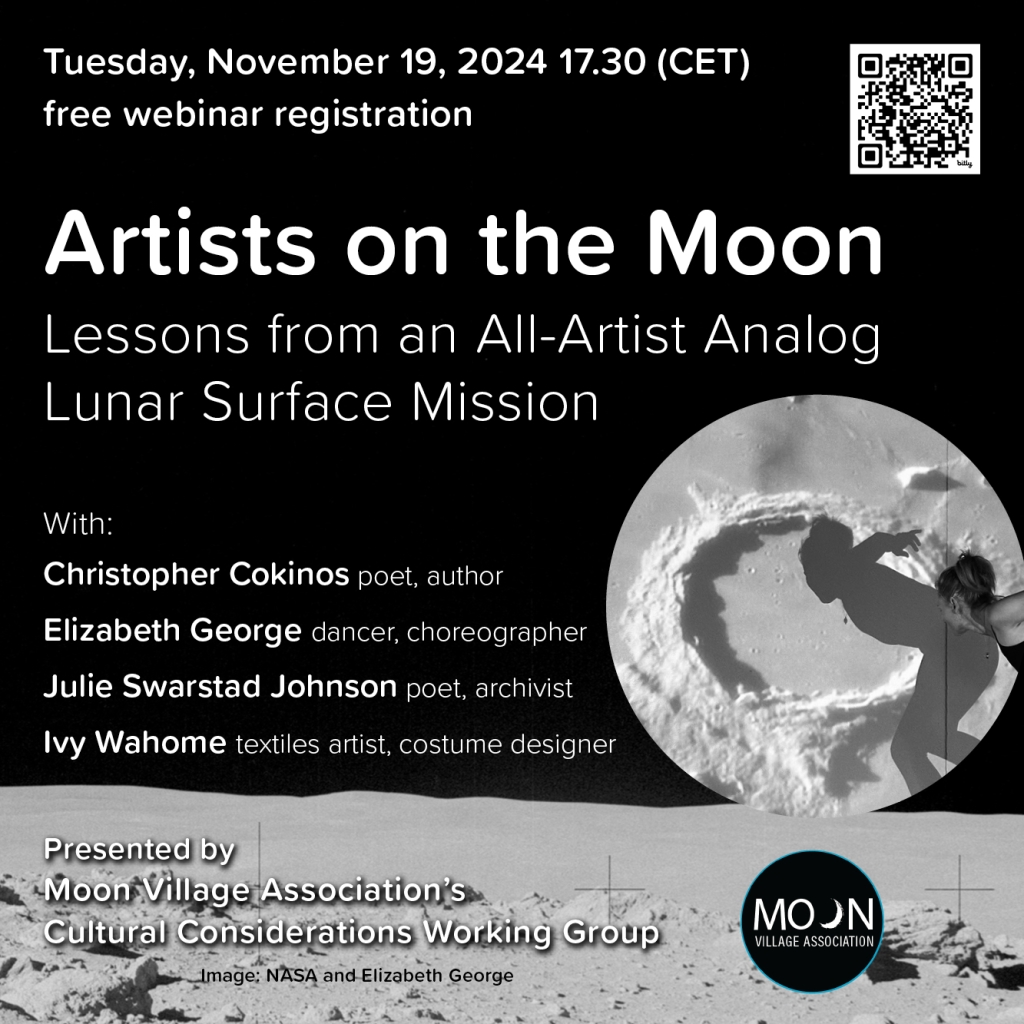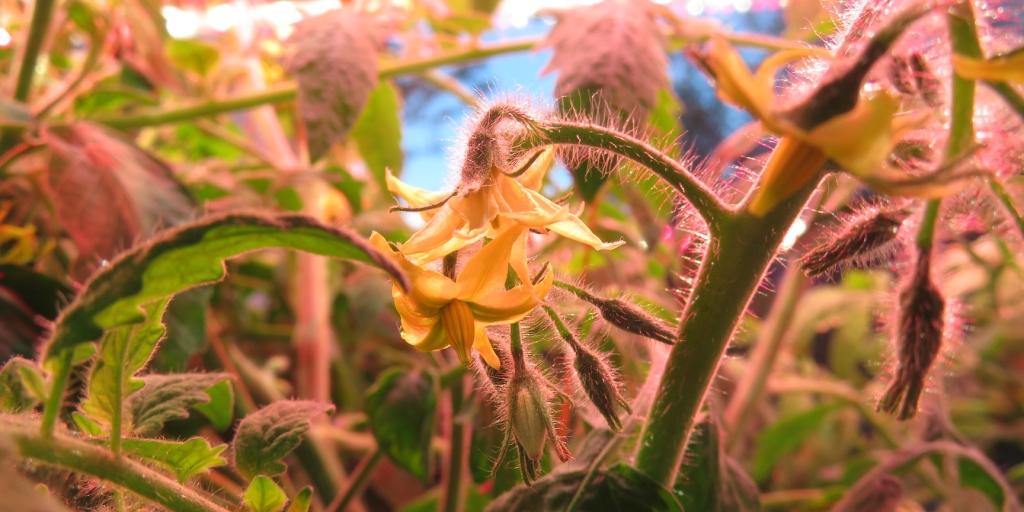APUS ARG-1S arrives to SAM
Kristen Miller and Terry Trevino of the American Public University have brought to SAM a ten days mission, with two crews of four sealed inside of SAM for five days each. This unique project will feature a mid-mission crew shift-change via the SAM Airlock, such that one half of the crew will join the dedicated CapCom team at the SAM Operations Center. Both crews will perform a wide variety of research projects including algae studies, EVA research, communications, crew nutrition, microbial spread, and water electrolysis. The mission will be facilitated by an on-site Mission Support team, the first to work from the SAM Operations Center and Mission Control.
Narrative coming soon …


